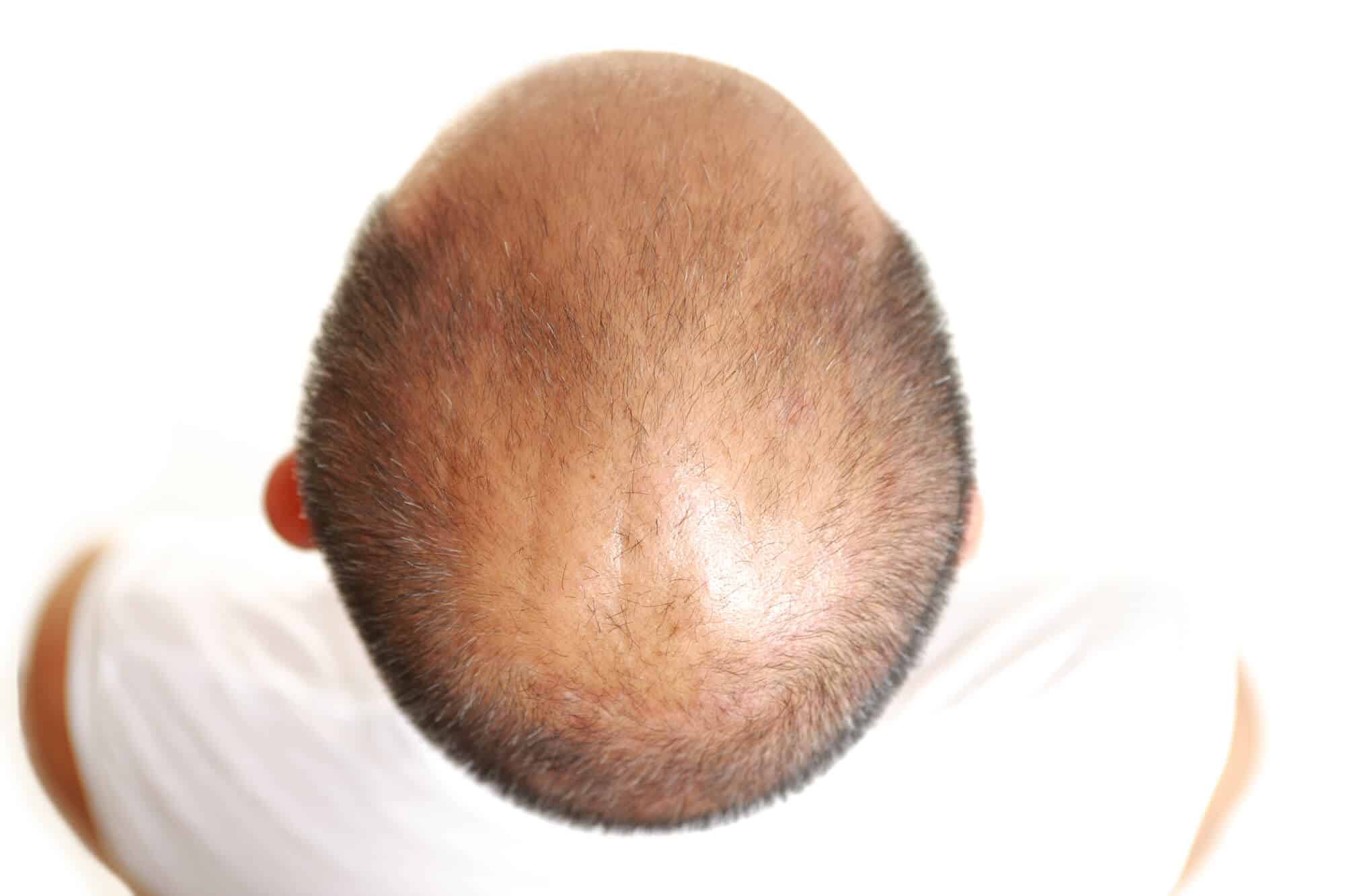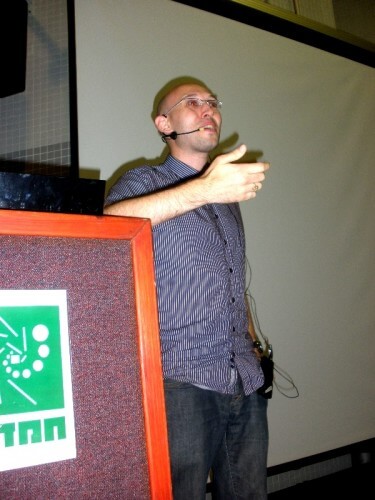Chinese researchers used artificial intelligence to scan combinations of metals and elements and identify compounds that would break down the free radicals that damage hair follicles

The fact that I'm so excited about the research I'm going to tell you about here has nothing to do with the fact that it might help me regrow my hair.
At least, not only because of that.
The most important thing to the human race - after hair - is innovation. The ability to come up with creative solutions to problems is our hallmark as humans. Thanks to her we reached our position today as the rulers of the earth: we invented agriculture, the irrigation canals and the fertilizer, thanks to which we can feed billions of people. We developed modern medicine that doubled and even tripled life expectancy. We understood the basics of physics, chemistry and materials engineering, thanks to them we reached the moon and sent robots to other planets and outside the solar system.
There's just one problem: humans are pretty bad at innovation. Luckily for us, all other species on earth are even worse at this than we are. This is small consolation, considering all the good that could have fallen to humanity, if only we could think more creatively, survey more possibilities for the future with ease, and bet more confidently on those that will succeed.
This is where artificial intelligence enters the story, with a demonstration from an extraordinary study: one in which it was the one who invented a new drug for hair regrowth.
Most of the bald people among us suffer from a condition known as androgenic alopecia, or in one word: baldness. Hair follicles are damaged in this situation by a variety of factors, such as hormones, inflammation, or an excess of free radicals. When the levels of free radicals in the hair follicle are too high, they kill or damage the cells enough to impair hair formation.
Of course, the cells do not sit still and accept the punishment while the free radicals kill them. Hair follicle cells contain an enzyme called superoxide dismutase, or SOD for short. This enzyme is supposed to break down the free radicals, but in extreme cases it fails to deal with all of them. The result: baldness.

At this point the humans enter. Scientists have previously succeeded in creating molecules that mimic the action of sodium and break down free radicals. They called them nanozymes: both because the word nano brings budgets, and also because these are really machines on the scale of molecules. Unfortunately, the nanozymes developed so far have not been particularly impressive in their capabilities.
Then came artificial intelligence.
In a new study from early November, Chinese researchers showed they could use artificial intelligence to help them design improved nanozymes to combat baldness. They created machine learning models and used them to scan 91 different combinations of metals and elements. The goal was to identify a compound - unique nanozymes - that could break down free radicals in the most efficient way. The artificial intelligence pointed to one compound - MnPS3 – which was supposed to be particularly successful in the task.
At this point, the researchers took control back into their hands, and created the nanozymes recommended by the artificial intelligence. They combined manganese, phosphorus and sulfur to produce a huge number of nanozyme units. They exposed human skin cells to these nanozymes, and found that the levels of free radicals in those cells decrease significantly, without causing damage to the cells. success! But only in the petri dishes. What will happen to the body?
To answer the question, the researchers injected mice with the nanozymes recommended by the artificial intelligence. They did this using arrays of microneedles that were glued to the skin and brought the nanozymes close to the hair follicles. Then, they waited.
They didn't have to wait long. Within 13 days, the mice grew thicker hairs, which more densely covered the bald areas on the mice's skin. The results were better than those found in mice that received minoxidil - a common drug to prevent hair loss. That is, the artificial intelligence was able to identify a substance with new medical potential. And unlike in a parent meeting at school, the potential of this material is also realized. Although only in mice for now, there are quite a few humans who would be happy to receive this treatment, when it is ready.
But that's not why I'm excited.
We should all be pleased with this research, done on a medically marginal subject, because it indicates the new era into which humanity is racing. This will be the era of superhuman innovation in every sense of the word. That is, innovation that will come from 'brains' that can think faster than those of humans. They will be able to review a much larger number of options than we can. They will be able to formulate more complex theories than we could with our limited human minds. They will be able to do better science, in our services.
And all this is already happening in medicine today.
Developing a new drug is a matter that requires a lot of time: years, at the very least, and there are also drugs whose development and approval process took more than a decade. The reason is that the human body is a complex machine, and it is difficult to know exactly how new types of molecules will affect it - some of which the body has never been exposed to. Already in the eighties, medical researchers noticed that the cost of research in the field of pharmacology doubles every decade or so. This rule of thumb was called "Eroom's Law" because it is the opposite of Moore's Law, which describes the frenzied pace in the improvement of computer chips and the decrease in their prices.
What if we could integrate artificial intelligence - which improves itself every year in a similar way to Moore's law - in medical research? What if she could speed up drug development?
These have long been out of the question. In 2021, the British company Axiencia started a clinical trial of a molecule it developed using artificial intelligence in the field of oncology - cancer medicine [1]. The American company Recursion is applying its artificial intelligence to drugs already on the market, hoping to find additional uses for them in other diseases [2].
This year, Insilico Medicine demonstrated to the world what the process of drug development looks like when it is armed with the powers of artificial intelligence. The computers practically did the whole job, in several stages. In the first stage, they went through extensive databases in an attempt to find proteins that can cause fibrosis in the lungs. After that, another artificial intelligence developed ideas for dozens of molecules that could deal with the protein it was decided to focus on. In the third part, the company used artificial intelligence to monitor the effects of the drug in eight volunteers in Australia. The entire process required thirty months - a much shorter period of time than is customary in medical research to produce new drugs [3]. A normal parallel process, managed entirely by humans, usually takes between three and six years, with costs of 430 million dollars - compared to the 2.6 million dollars that artificial intelligence research cost [4].
This is, of course, just the beginning. The capabilities of artificial intelligence will continue to improve rapidly. In the last year, for example, the DeepMind company's AlphaFold engine succeeded in deciphering how proteins with complex shapes are formed in cells, from an original long chain of much simpler molecules. If the words I wrote sound like Chinese, that's fine. What is important is to understand that proteins - in abstraction - are tiny machines that work in cells, and that through artificial intelligence we can now design machines that will do the work we want inside the human body. The implications of this development will not appear immediately, but we can expect that within a few years of laboratory research and clinical trials - all of which will be carried out at a greater speed than before, of course - we will begin to see the results in the field with more innovative and effective drugs than ever before.
Shall we end here? Definately not. The most sophisticated artificial intelligence will be able to run simulations of human cells, tissues and the entire human body. In fact, they are starting to do so today, even if in a limited way. But in the foreseeable future, when the power of the simulations increases, the researchers will be able to do most of the clinical studies on the computer - and only the last part will be conducted on real people. And thus the length of the clinical trials will also be shortened, and we will be able to get the drugs from the laboratory to our hands much faster.
So what does the future hold for us? Let's face it: these days it's harder than usual to be optimistic. We see threats to democracy, to free trade between countries, to international peace and to the mutual exchange of information and technology between superpowers. But if we succeed in overcoming all of these, then we can expect a future in which artificial intelligence will find cures for all kinds of diseases - and even for biological processes that we do not understand today, such as aging. None of this will happen today, nor tomorrow morning, but I am willing to put good money that in the next twenty years we will experience a dramatic jump in our medical capabilities, and in the rate of development and approval of the new drugs and treatments.
And even if I lose the money, no big deal. Maybe at least I'll get my hair back.
[1] https://investors.exscientia.ai/press-releases/press-release-details/2021/exscientia-announces-first-ai-designed-immuno-oncology-drug-to-enter-clinical-trials/Default.aspx
[2] https://www.recursion.com/approach
[3] https://insilico.com/phase1
[4] http://phrma-docs.phrma.org/sites/default/files/pdf/rd_brochure_022307.pdf
The original research in NanoLetters – found here – https://pubs.acs.org/doi/10.1021/acs.nanolett.2c03119
More of the topic in Hayadan:
